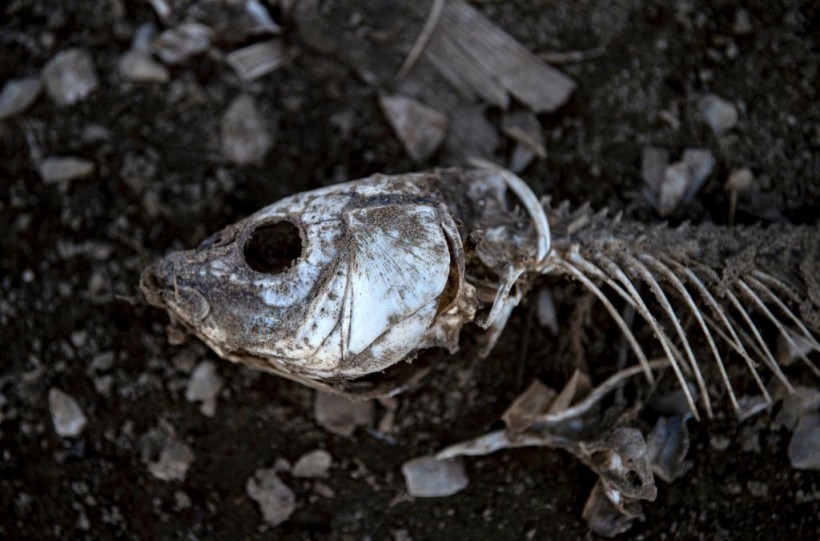A chlorine exposure potentially killed around 21,000 fish in the research and care facility of the University of California, Davis (UC Davis) last week. The main cause of the fish deaths is of unknown origins, however initial reports link it to a possible chemical leakage. Regardless, UC Davis officials have conducted an investigation into the incident, determining what went wrong and how to rectify it.
Described as a "catastrophic failure" by the officials themselves, the incident prompted the university to initiate other efforts to mitigate its impact and prevent future recurrences. Measures currently being taken include the external review of their facilities with the aim of known why their systems failed and detection of potential risks at other similar facilities.
Chlorine is an element that is widely used in various industries, even as household products. It is one of the common manufactured chemicals across the United States, taking the form of either a liquid or a gas. A substantial amount of the chemical is detrimental to one's health, including animals and humans; where related incidents in the past similar to the UC Davis incident have occurred.
UC Davis Statement

In a news statement on August 11, the UC Davis said it is currently in the process of notifying regulatory and funding agencies regarding the incident. In addition, it is caring for the surviving fish and reviewing its processes in other similar facilities.
The media release shows the educational institution is also engaged in developing mitigation plans for research programs that were directly affected by the apparent chlorine leakage, which particularly occurred at the university's Center for Aquatic Biology and Aquaculture (CABA). In addition, it is also in the process of supporting its students, staff, and faculty members.
Furthermore, scientists and students at CABA reportedly addressed the problems connected with California's culture and wild aquatic biological resources, according to the university's website, as cited by NBC News.
The full timeline and details, including the fish species that were killed, in relation to the exposure was not clearly provided.
Also Read: Thousands of Fish Found Dead in Parramatta River Prompts Investigation
What is Chlorine?
While chlorine is also used as a bleach detergent and used to treat drinking water and swimming pool water from harm bacteria, there are instances where it poses as a life-threatening risk for living organisms.
In this context, the ACAB fish is reportedly sensitive to chlorine, although the form it took is still vague at the time of UC Davis statement.
However, chlorine sometimes take the form of a poisonous gas; since this can be pressurized and cooled to change it into its liquid state, making it more easier to store and ship, according to the Centers for Disease Control and Prevention (CDC).
In a separate yet related evaluation to the incident, the World Health Organization (WHO) said the chronic exposure of animals to excess chemical compounds called "dioxins" can result in various types of cancer.
The WHO asserts dioxins are unwanted byproducts of several manufacturing processes. Dioxin also reportedly contain chlorine atoms.
Related Article: Spain Expands Ban on Harmful Fertilizers After Dead Fishes Wash Up on Lagoon
© 2024 NatureWorldNews.com All rights reserved. Do not reproduce without permission.




![Roundworms with Short Memories 'Stop Forgetting' When Frozen or Given Lithium [Study]](https://1471793142.rsc.cdn77.org/data/thumbs/full/70295/280/157/50/40/roundworms-with-short-memories-stop-forgetting-when-frozen-or-given-lithium-study.jpg)
